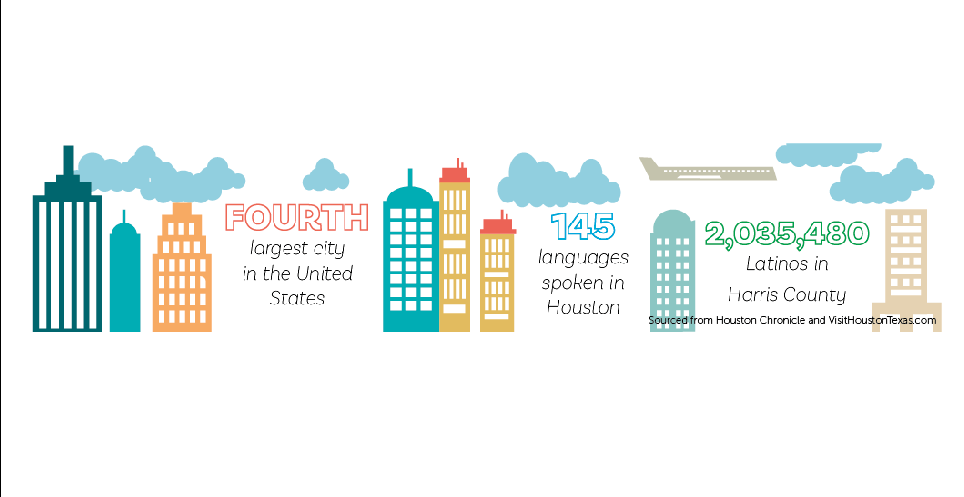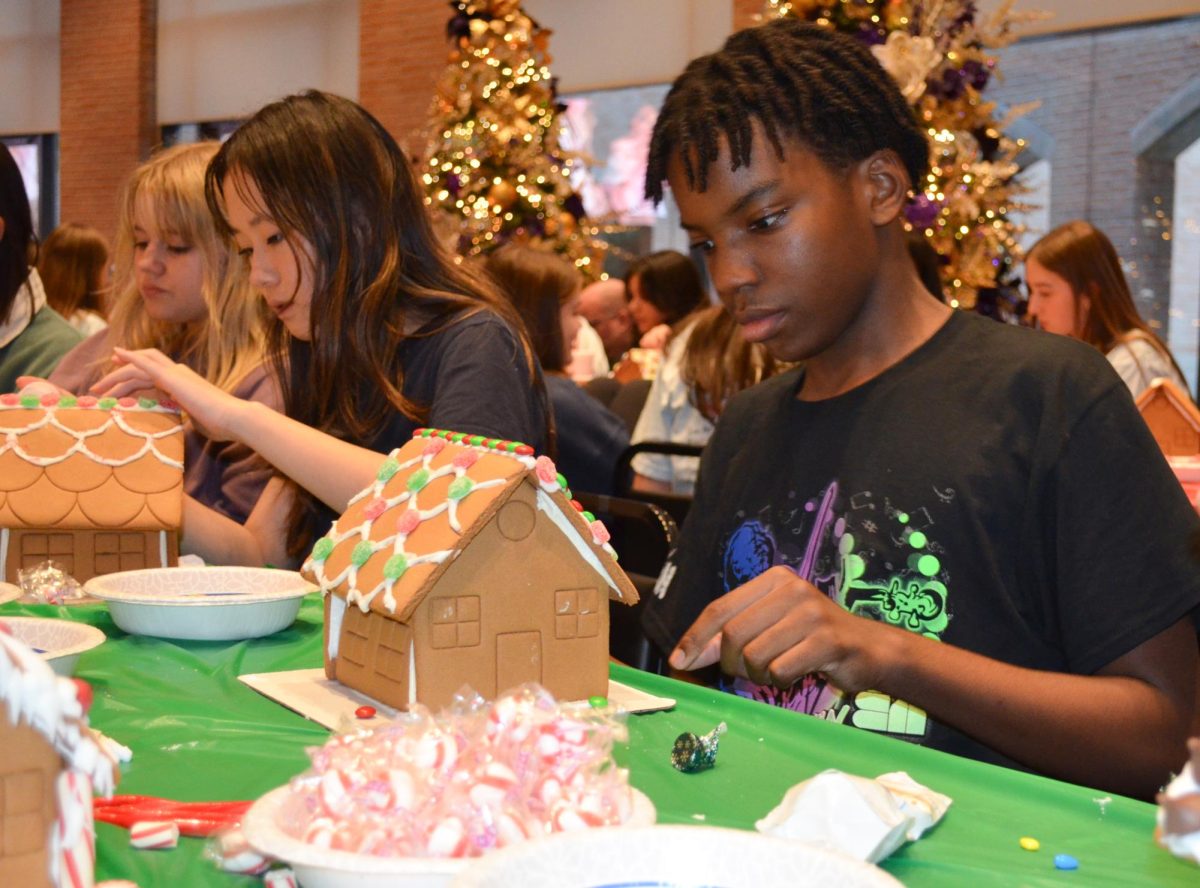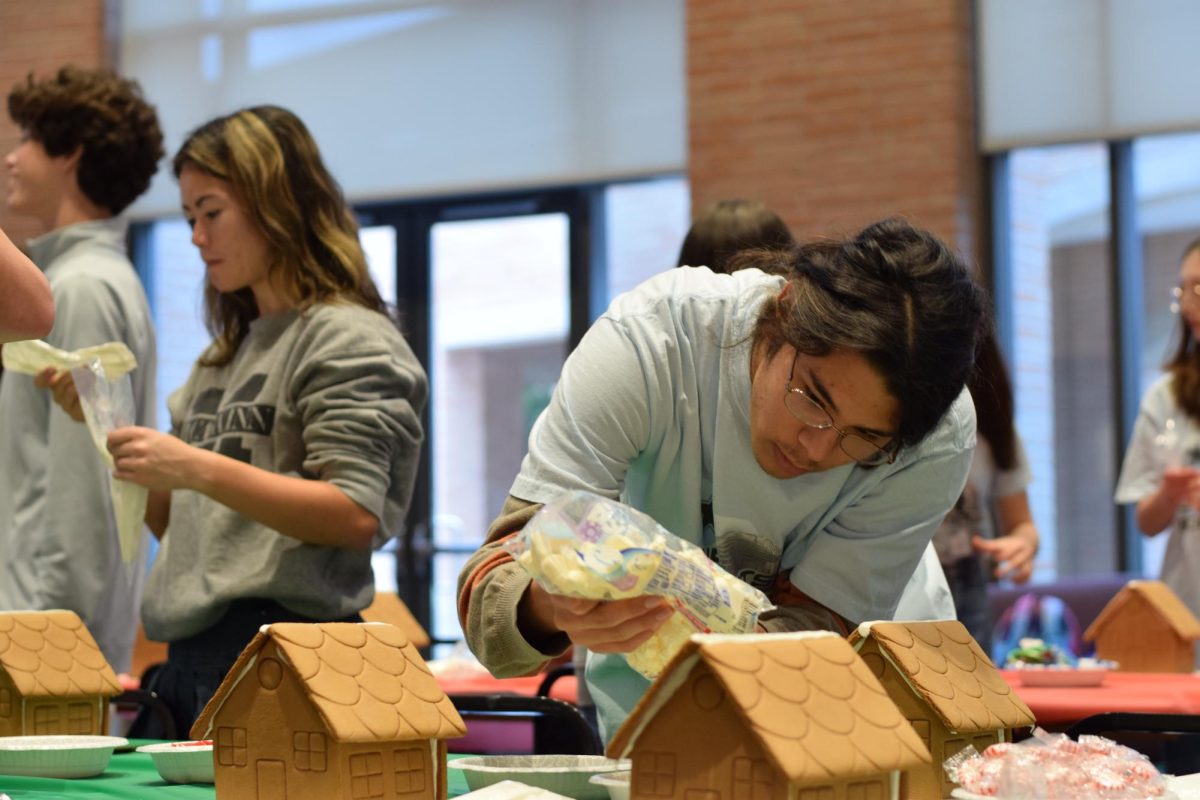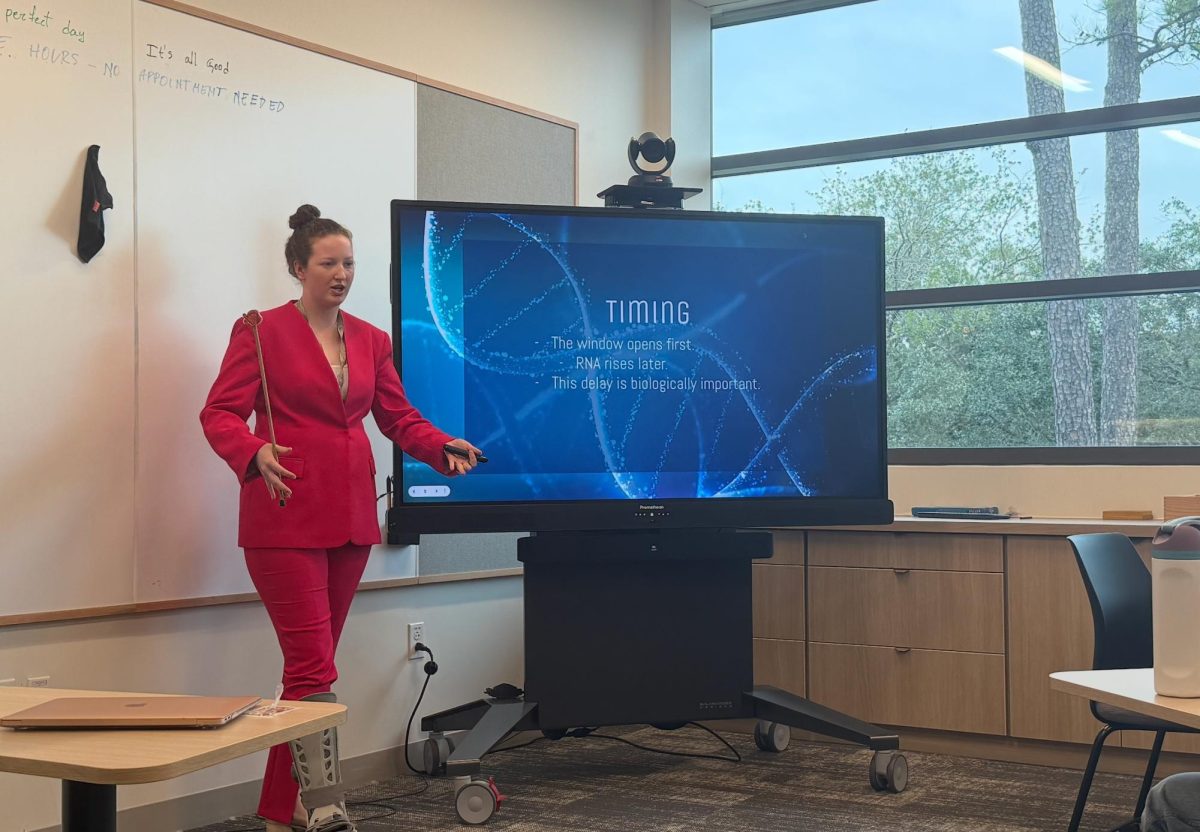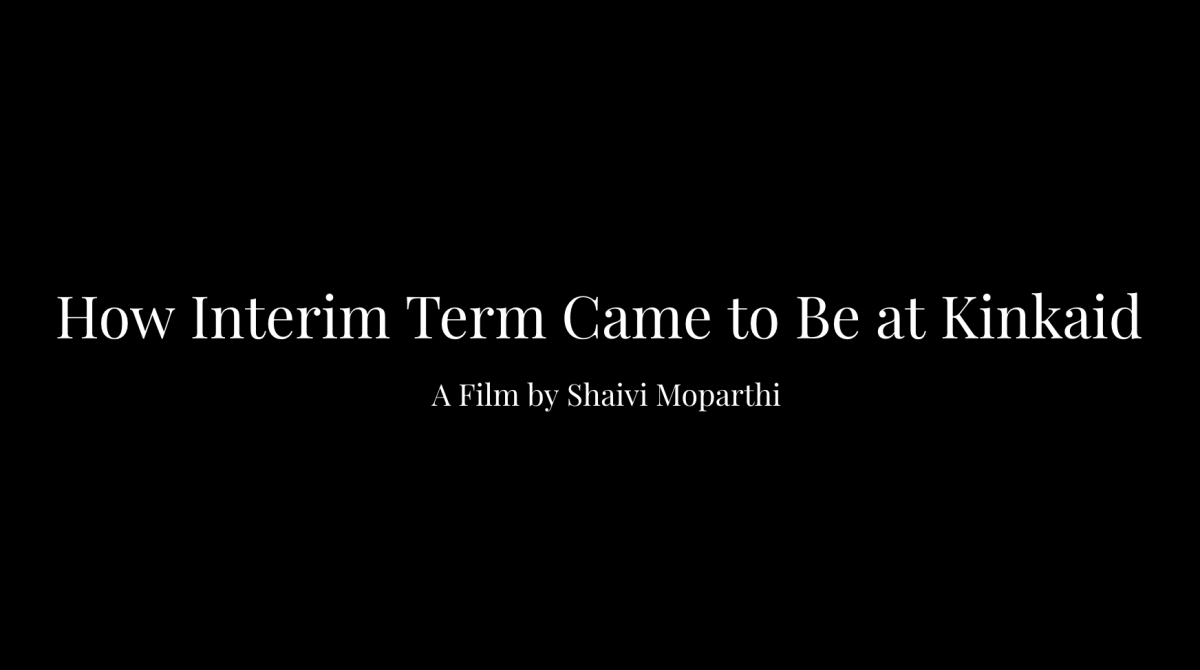[dropcap]H[/dropcap]ouston’s skyline has developed more rapidly and dramatically in the past three years at a seemingly unprecedented rate. New office and apartment buildings, shopping centers, and other complexes have sprung up on every street, and every main road seems to be under construction, making it harder to maneuver the already congested streets. As the physical features of Houston change, so do its culture and demographics, leading to an urban, cosmopolitan, and modern city with so much more to offer than ever before.
The change seen in Houston can be traced to the 2008 stock market crash. Although Houston was hit like every other city, it wasn’t hit as badly. It was the last to be affected and the first to recover, thanks to the city’s energy companies and all of the employment opportunities available at the time. People who were hit hard financially or laid-off in other areas of the country flocked to Houston to take advantage of the low cost of living. It is within those trying years that Houston was placed on its trajectory of becoming the leading city in population growth and the fourth largest city in the United States.
As more and more people have moved to Houston, its demographics have shifted: It is now one of the most diverse cities in America. In the Houston area, there are 2.2 million Hispanics–almost half of the entire population of Harris County–815,405 Blacks, and 399,522 others, according to the Pew Research Center and the Census Bureau. There are also 145 languages spoken in Houston, according to the Houston Chronicle, making it the third on the list of most languages spoken in a city in the United States, behind New York and Los Angeles. This great shift in demographics has had great and lasting impacts on the city already. The diverse population has led to an influx of culture and art, many new restaurants, and most noticeably the construction of many new apartment buildings and housing complexes. For example, a more diverse array of exhibits at the Museum of Fine Arts, such as a recent one on Cuban art, and upscale restaurants such as Nobu opening up locations here.
This flood of people has led to a great need for housing and amenities. This has led to the boom in apartment construction and nearby shopping centers and restaurants. This has contributed to the most apparent changes to Houston. The physical appearance of the city is more developed, cosmopolitan, and busy. Around Uptown Park, in the Galleria, and in Post Oak, new large apartment buildings, high-tech offices for companies like BHP Billiton, and shopping complexes have transformed the once modest skyline.
Although it may seem positive that Houston has become so developed and urban because it offers much more activities, restaurants, and culture, there are some downfalls to having a larger population and more buildings in the middle of the city. One of the most frustrating downfalls is the bumper-to-bumper traffic starting at 4 p.m. until 7 p.m. A seemingly short drive from Kinkaid to River Oaks or Tanglewood can take as long as 30 or 45 minutes during rush hour. Between 4 p.m. and 7 p.m. is when everyone is leaving work and school, so there are more traffic cops directing the flow of traffic, which can cause main streets, such as San Felipe and Westheimer, to get backed up. “After I get out of sports at 6 p.m. there’s really bad traffic on San Felipe usually when you are approaching Voss. I take Woodway, so after that the traffic is pretty clear. It takes me 15 minutes to get home,” says Quinn Gilmartin (11) who lives in Tanglewood.
As Houston grows, the beneficial new changes–such as diverse culture, new restaurants, and more developments–may be offset by by some frustrating adjustments, such as increased traffic, but as Houston evolves, all of us living here get to enjoy our new progressive and exciting city.


